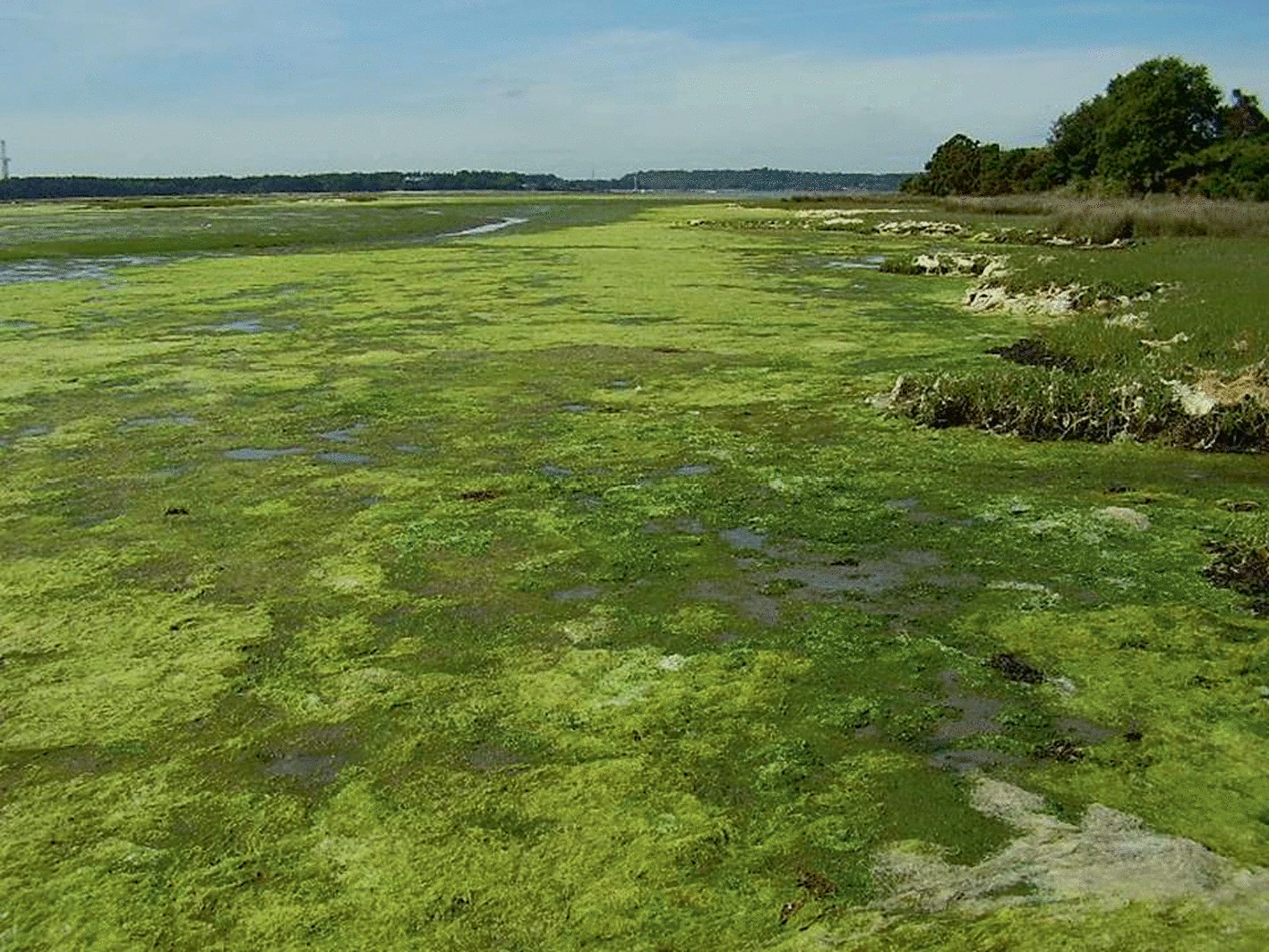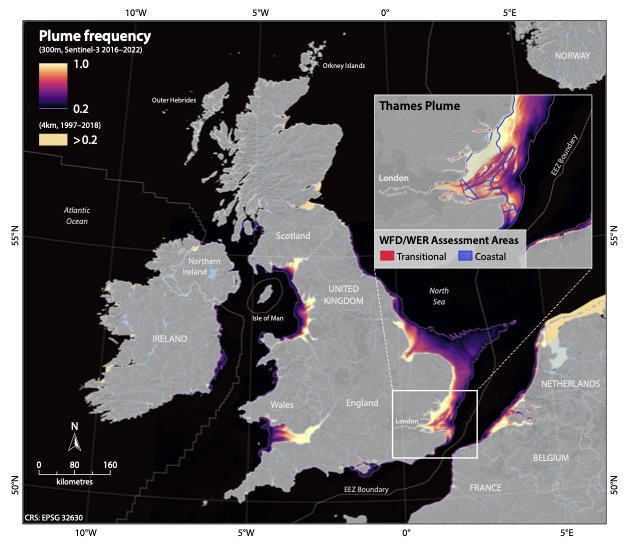Eutrophication is the process by which a body of water becomes excessively rich in nutrients, often due to runoff from the land. This nutrient overload can lead to rapid growth of algae and plankton, depleting oxygen levels and resulting in ‘undesirable disturbances’ to the pelagic and benthic systems.
Eutrophication is a significant concern as it can disrupts ecosystem balance and threaten biodiversity.

Nutrients like nitrogen, phosphorus, and silica play a fundamental role in supporting our pelagic ecosystems.
Nutrients fuel the growth of plankton, the primary producers in the coastal and marine food webs. Healthy (balanced) nutrient levels contribute to healthly functional plankton populations, which, in turn, support diverse marine species. However, fluctuations in nutrient availability can lead to sudden plankton bloom. These can be a natural spring event, but long or unseasonal periods of intense of plankton growth, can have a cascading effect on the ecosystem, which can be damaging and is referred to as Eutrophication.

Riverine plumes, often originating from rivers or runoff, introduce a high concentration of nutrients into marine environments. While these influxes can temporarily boost plankton growth, they also bring the risk of destabilizing nutrient balances.
In some cases, excessive nutrient input from upstream sources can lead to overgrowth by green seaweeds, harmful phytoplankton blooms, and a depletion of oxygen in the water—posing a threat to marine organisms. Understanding and managing these disturbances is essential for maintaining the health of pelagic ecosystems.
Our project collected evidence of how how nitrate and phosphate ratios lead to changes in phytoplankton communities, an improved understanding on the nearshore plankton dynamics, and influences of river flows; and subsequently inform the measures required to manage nitrate inputs more effectively (such as the 25-Year Environment Plan (25 YEP) target of 40% reduction in nutrients).
Under the PELCAP WP 2, we developed an improved ability to take an ecosystem approach to the management of nutrient enrichment through the development of tools, and an analysis and interpretation of links between plankton community changes and eutrophication.
This was done through three projects: